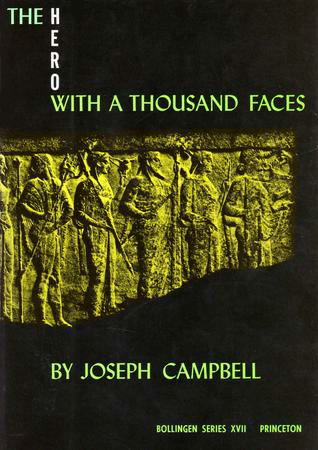Part of the Casswiki article series Books

The Hero with a Thousand Faces is the most influential work by comparative mythologist Joseph Campbell, first published in 1949. In this book, the author explores the theory of the journey of the archetypal hero (or the monomyth) found in world mythologies.
In the book, Campbell summarized the monomyth:[1]
A hero ventures forth from the world of common day into a region of supernatural wonder: fabulous forces are there encountered and a decisive victory is won: the hero comes back from this mysterious adventure with the power to bestow boons on his fellow man.
In laying out the hero’s journey, the author describes a number of stages as follows:
- Departure -
- The Hero is introduced in his “ordinary world”.
- Receiving a “Call” to Adventure.
- Refusal of Call
- The Hero is encouraged by protective figure (e.g., Wise Old Man or Woman).
- The Crossing of the First Threshold.
- Initiation-
- The Road of Trials (either alone or with assistance)
- Upon success, the Hero receives the Gift.
- Return -
- The refusal of the Return.
- The Return journey (the “Magic Flight”) with acquired knowledge and powers.
- The crossing of the Return Threshold (Resurrection / The Master of the Two Worlds).
- Return home with the “Elixir”.
In this book, Campbell uses many classic examples of monomyth, such as the stories of Osiris, Prometheus, the Buddha, Moses, Jesus, and other mythical stories from other cultures.
An in-depth discussion of the forms of the heroic archetype can be found in Laura Knight-Jadczyk’s The Wave Series books.
Further information
See also
References
- ↑ Campbell, Joseph. The Hero with a Thousand Faces, p. 28. Princeton: Princeton University Press, 2004.
